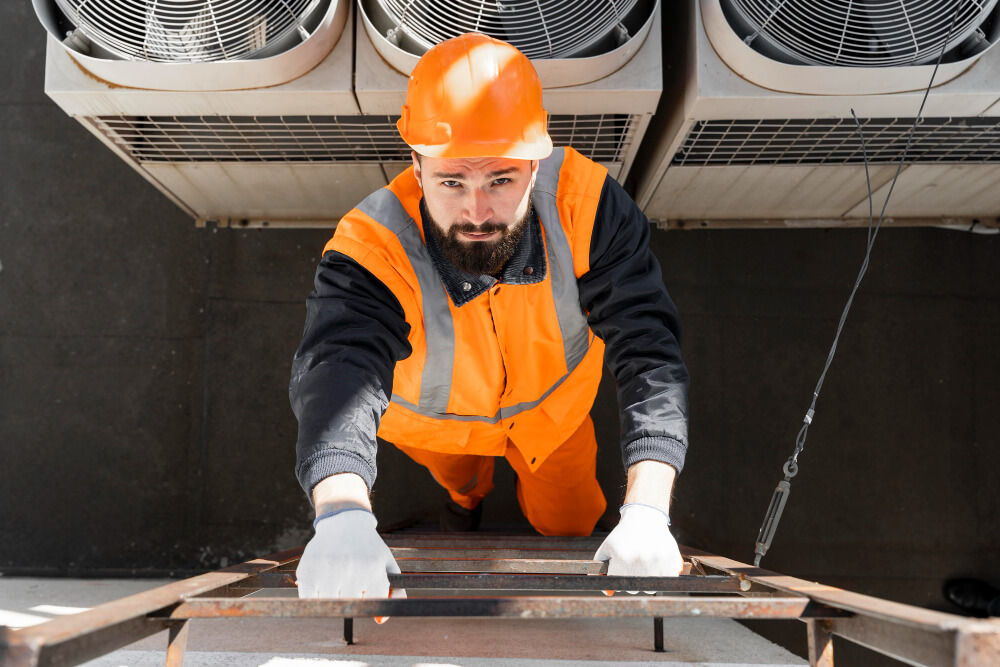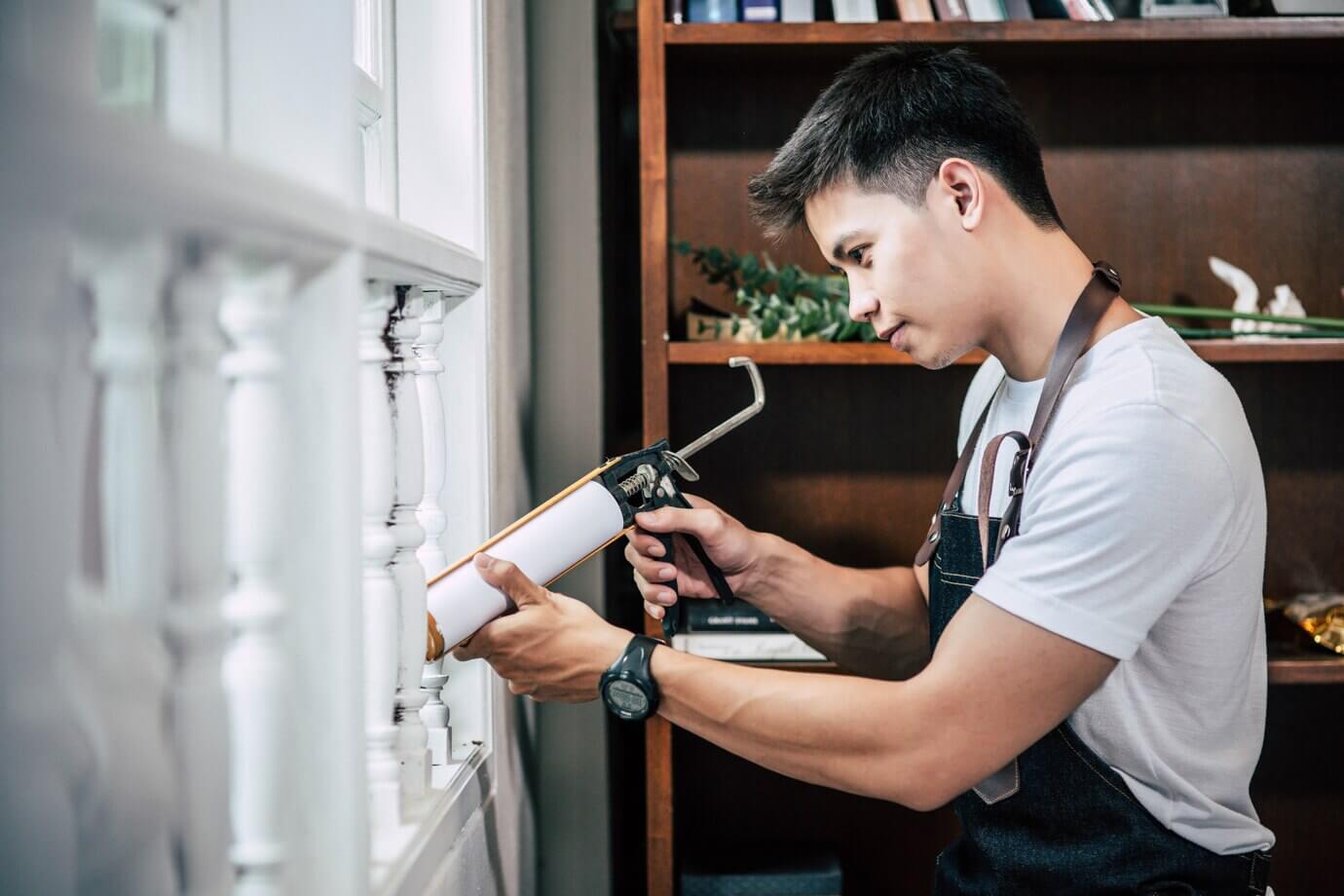Air Quality
Air Quality and Ventilation Indoors
Consider this information for replacing polluted air indoors with fresh air.
According to the U.S. Environmental Protection Agency[1], typical indoor air quality can be four to five times more polluted than outdoor air quality. In order to achieve and maintain a healthy indoor atmosphere in the home, it is critical to be constant in removing polluted air and introducing fresh air cyclically.
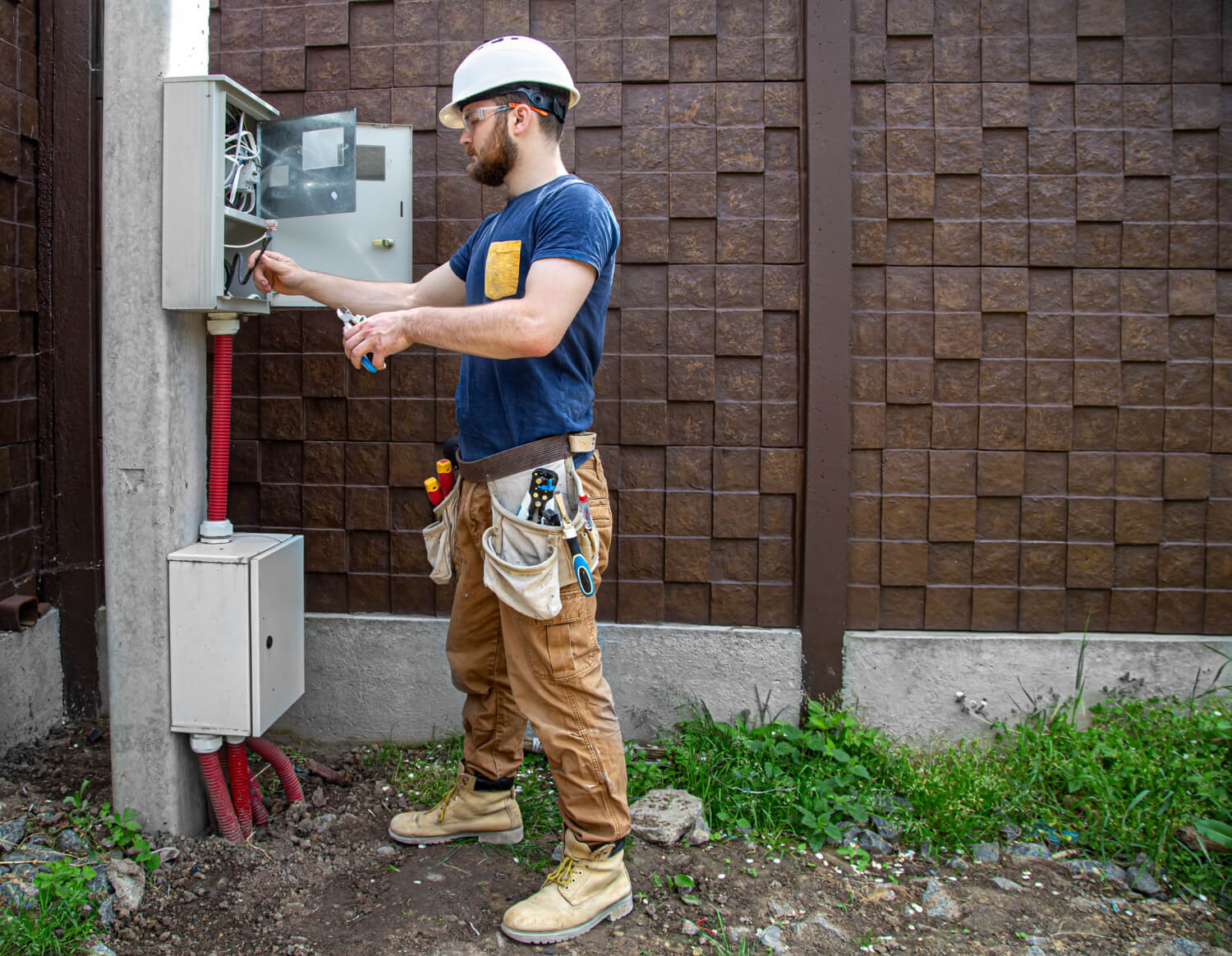
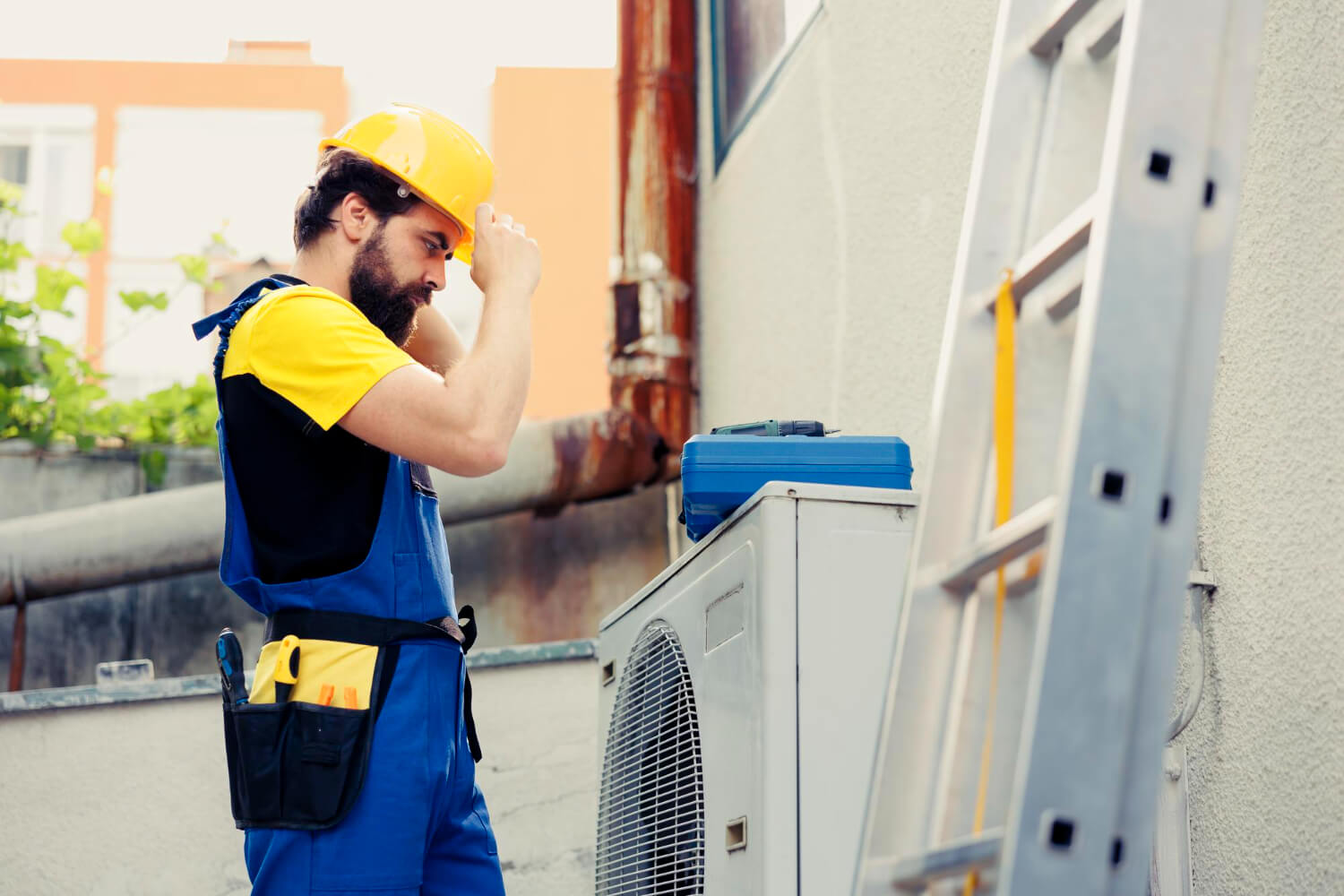
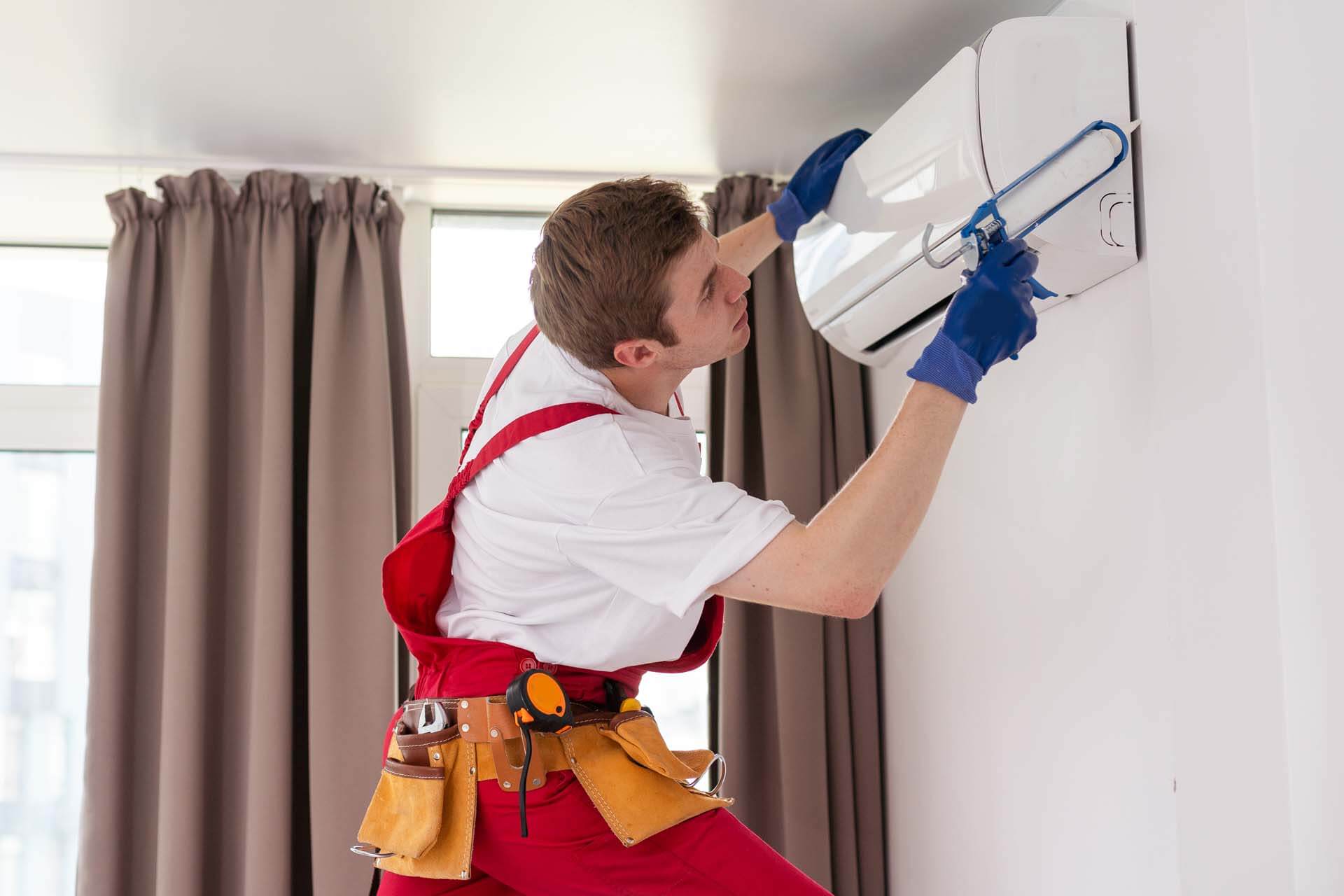
Air Pollution Indoors
The air in a home can have any number of pollution sources. These can include:
- Pets, pet hair and dander
- Everyday human activities such as cleaning, cooking and bathing
- Off-gassing of materials such as is found in cabinets, soft furnishings, carpeting and adhesives
- Remodeling projects in the home, such as painting, sanding and furniture refinishing
Outdoor pollutants that can enter the home as well as air pollution moving through a home’s HVAC system[2] can create a build-up of bacteria, pollen, mold spores and dust. In humid climates, humidity levels may cause the growth of mildew or create excessive condensation problems.
The more airtight the home, despite its good energy-efficiency, the more prone they are to have poorer indoor air quality. This is because polluted air cannot escape while fresh air is not introduced.
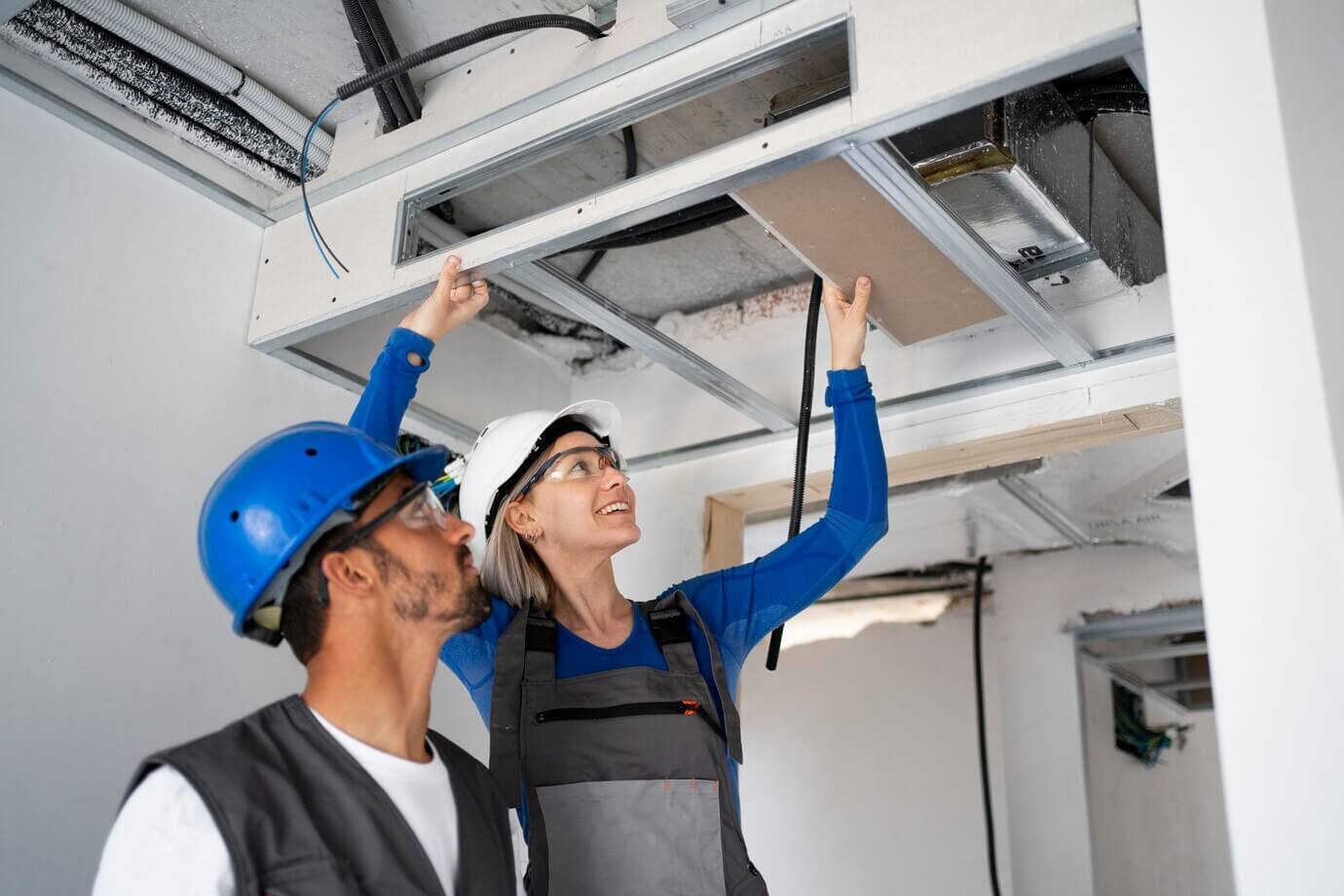
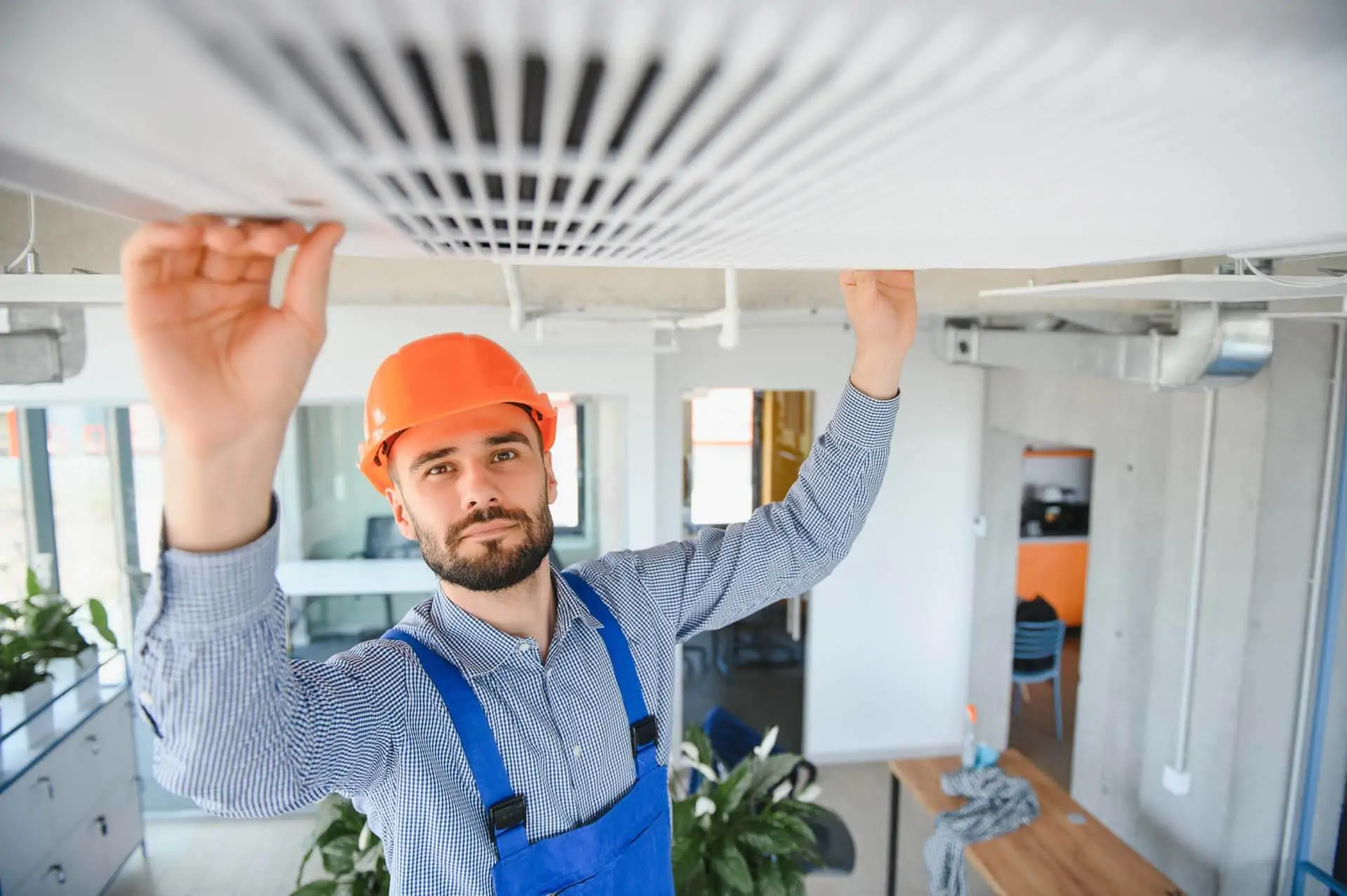
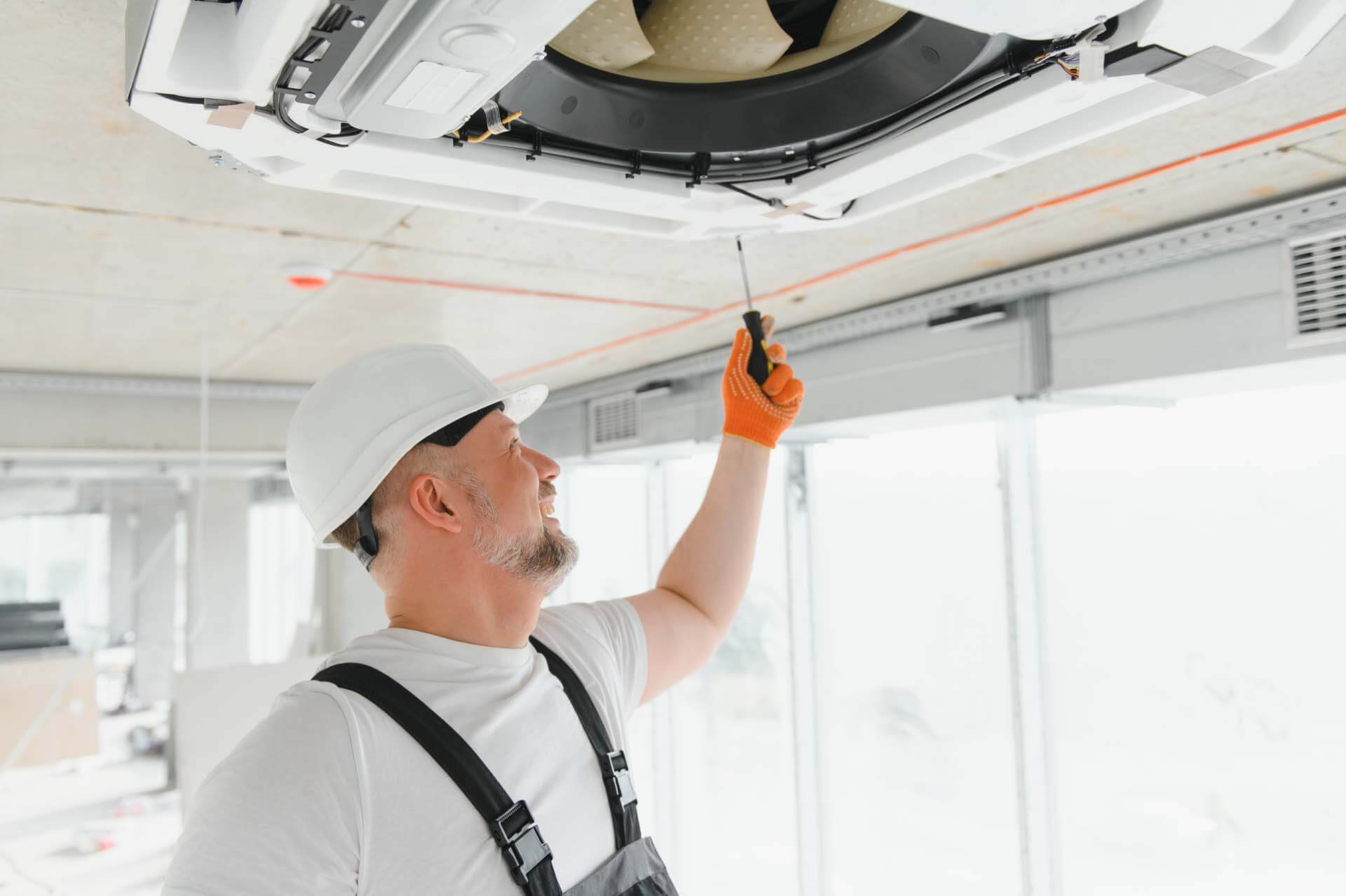
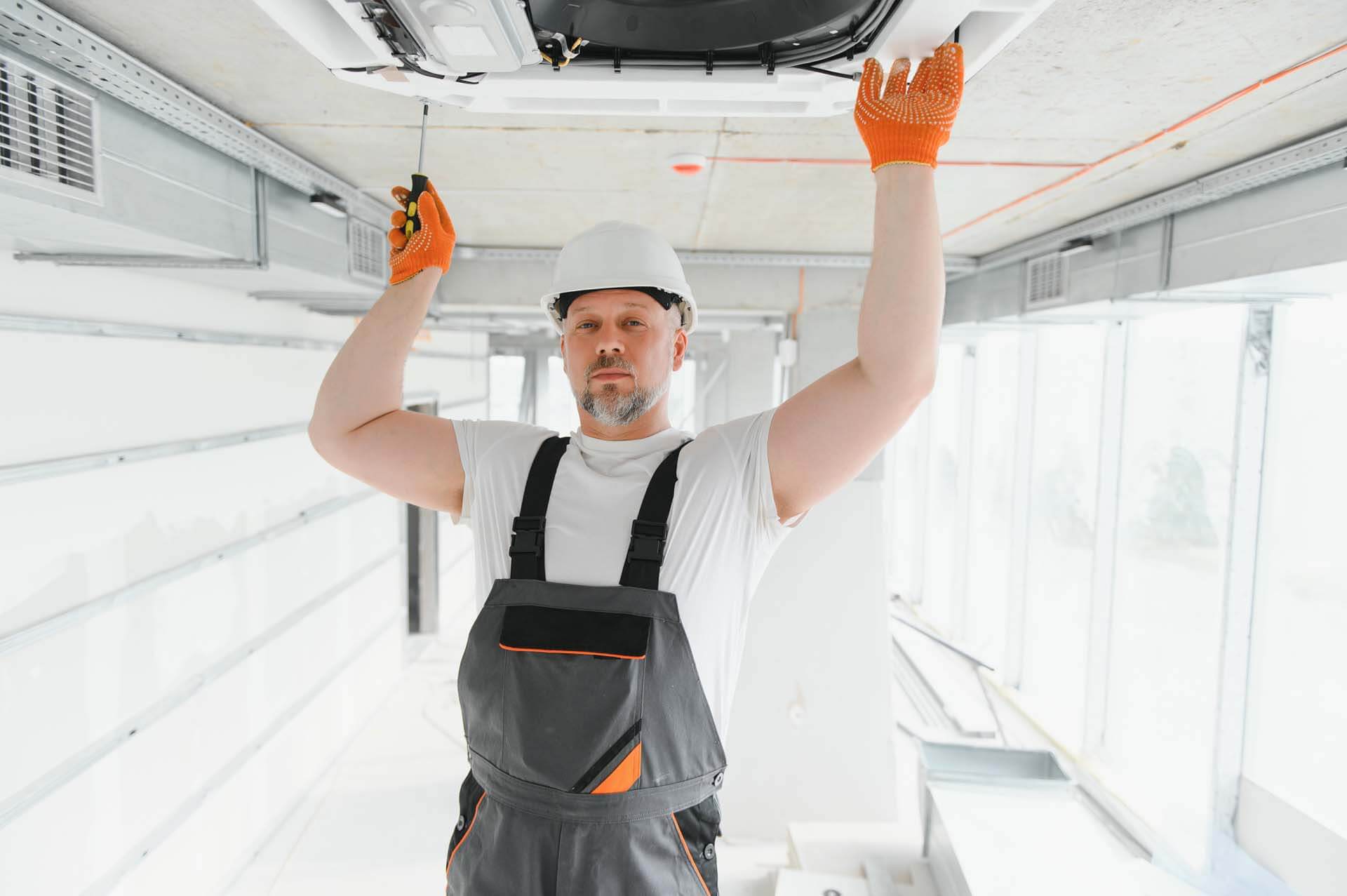
Improving Indoor Air Quality
Here are some ventilation options that can help to improve the quality of indoor air:
- The no-cost option is to open windows and doors, which helps to cycle fresh air in and remove polluted air
- Install and use bathroom and kitchen exhaust fans that vent moisture and pollutants outdoors
- Install a semi-controlled ventilation system
- Use attic fans, window fans or window and portable air conditioners with the vent control open
Air Conditioning
However, they do not all introduce fresh air and they have a tendency to depressurize the home. This can draw unconditioned outdoor air into the home through cracks around doors and windows, introducing unwanted pollutants from outside as well as causing back-drafting of any unsealed combustion appliances.
Semi-Controlled Ventilation
Using this approach, it is important to ensure all ducts are sealed to prevent the ingress of unwanted toxic fumes into the return ducts, causing toxins to be circulated throughout the home. This point is more especially true in a basement, where such substances as coal, paint, solvents, fertilizer and other household chemicals are generally stored.
Advanced Ventilation Options
In this case, the pressure inside the home will remain balanced because the same volume of air is drawn in as is exhausted out. This helps to prevent back-drafting of any combustion appliances while providing a better quality of interior air.
Mechanical Ventilation
There are many sizes and configurations of this type of mechanical ventilation available. The best, most robust system will include air filtering, pre-conditioning and also booster fans.
Features
Here’s a look at each feature of this type of system:
- Filtering: Air passes through filters upon entering the system, helping to control contaminants
- Preconditioning: Heat exchangers are used in a heat recovery ventilator (HRV) to recapture between 60 and 80 percent of the conditioned outgoing air to cool or heat incoming fresh air. In this case, incoming and outgoing airflows are not mixed. This allows conditioned exhaust air to alter the temperature of incoming air without introducing pollutants
- Booster fans: Small, individually switched fans located in kitchens and bathrooms to control moisture and/or heat that is created by cooking and bathing/showering. These fans also remove odors and some pollutants.
Drawbacks
Homeowners should be aware of the additional mechanical complexities involved with these systems, as well as being responsible for maintenance.
Conclusion
The air we breathe in our homes should be as clean and healthy as we can make it with whatever appliances or equipment we have at our disposal.
Air filters, air purifiers, air conditioning systems and ventilation systems all play a part in helping to clean and detoxify our breathable air in the home.



